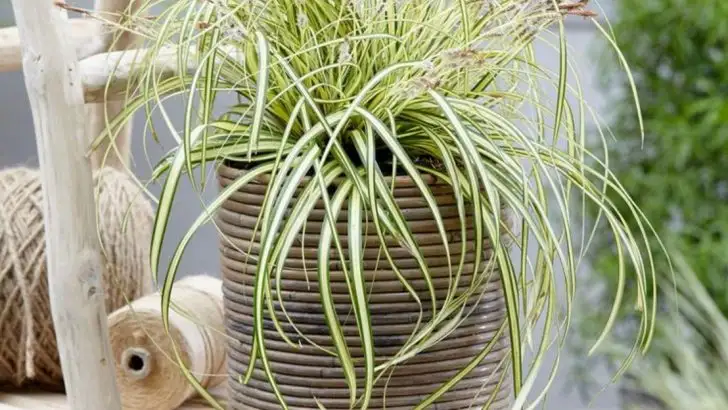If you’re looking for a plant that blends beauty with versatility, Japanese Sedge (Carex morrowii) might just be your garden’s new best friend. With its graceful, arching blades and ability to thrive in sun or shade, this ornamental grass is a favorite for filling awkward spaces, softening edges, or creating elegant texture in containers and garden beds alike.
In this guide, we’ll cover everything you need to know about growing Japanese Sedge—from ideal planting conditions to simple care tips that keep it lush and tidy all season long. Whether you’re a beginner or seasoned gardener, this is one grass that will never let you down.
Low effort. High impact. Anywhere you plant it.
Selecting the Right Variety
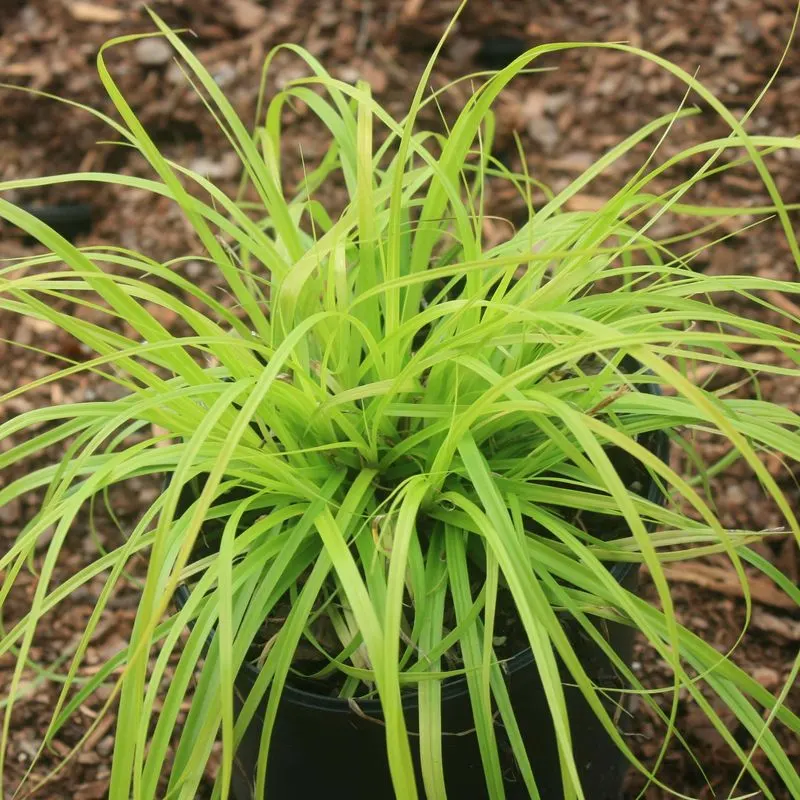
“Why settle for ordinary when you can choose the extraordinary?” Selecting the right variety of Japanese sedge is crucial for achieving the desired look and feel in your garden. From the shiny, arching leaves of ‘Everest’ to the graceful, narrow blades of ‘Ice Dance,’ options abound.
Consider the environmental conditions and visual impact you hope to achieve. Factors such as light, soil type, and climate can influence growth and appearance. By aligning your choice with these details, you’ll set the stage for a thriving display.
Explore local nurseries for inspiration and consult with knowledgeable staff for insights.
Ideal Planting Conditions
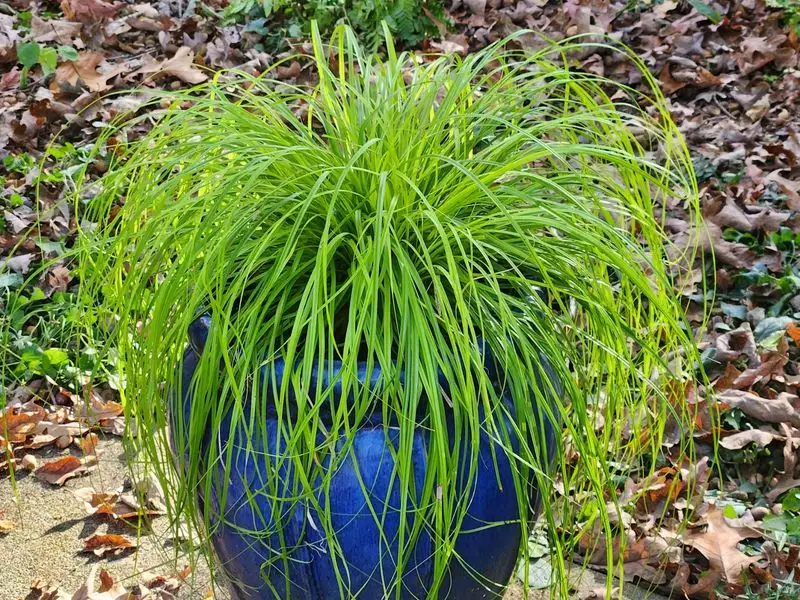
“Planting is half the battle.” Understanding the ideal conditions for Japanese sedge can make or break your gardening success. This grass thrives in a range of settings but prefers well-draining soil rich in organic matter.
While it can tolerate partial shade, full sun will yield the best growth. Position your sedge where it will receive ample sunlight, and ensure the soil is neither too dry nor waterlogged.
Properly preparing the planting site will pave the way for robust growth. A little effort upfront will reward you with a stunning and enduring landscape.
Watering and Maintenance
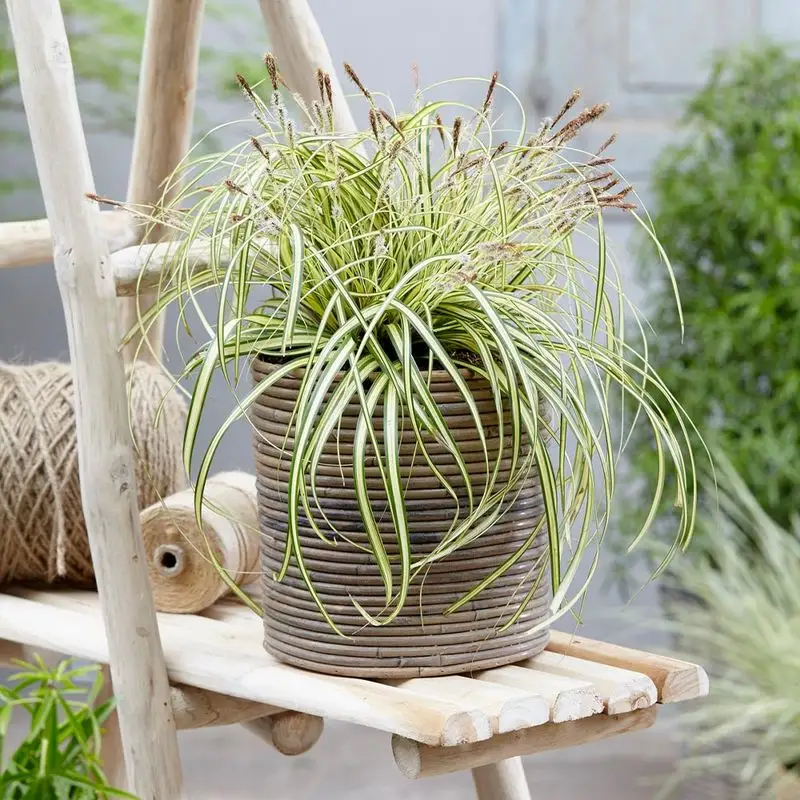
“Nurture with care for enduring beauty.” While Japanese sedge is generally low-maintenance, proper watering is key to its health. This grass requires regular watering, especially during dry spells, to maintain its lush appearance.
It’s essential to avoid overwatering, as too much moisture can lead to root rot. Balance is crucial; allow the soil to dry between waterings.
Besides watering, occasional trimming and removal of dead leaves will keep the plant looking its best. Consistent care ensures a vibrant and healthy garden staple.
Pest and Disease Control
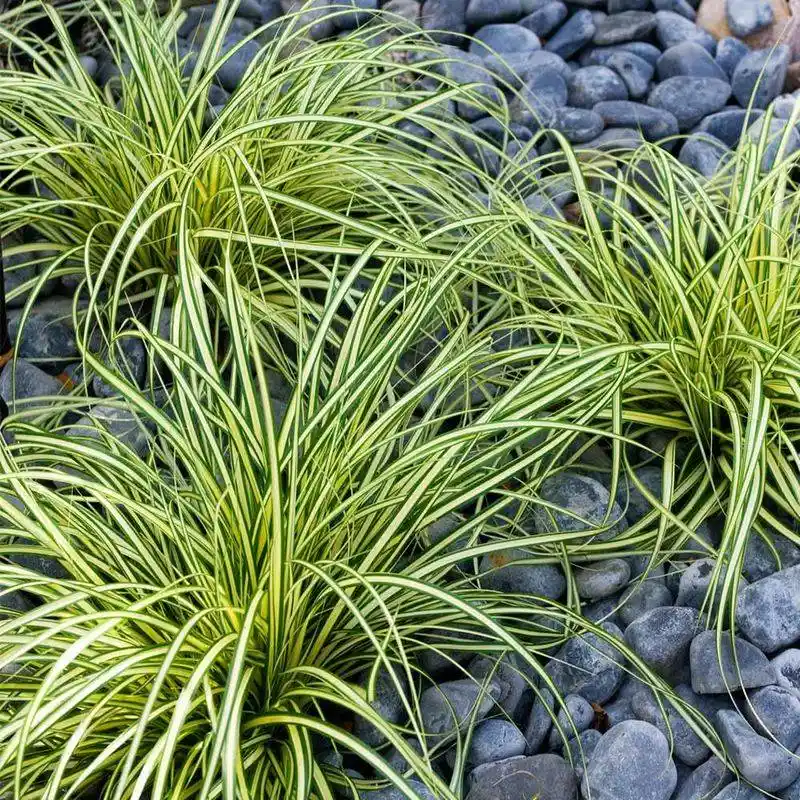
“Guard your greenery against unwanted guests.” Japanese sedge is relatively pest-resistant, but vigilance is your best defense against potential problems. Regular inspection can prevent infestations and diseases from taking hold.
Aphids and slugs might occasionally appear, but they are generally manageable with natural remedies or gentle insecticides.
Diseases are rare, yet care must be taken to prevent fungal infections by avoiding excess moisture. Staying proactive with care and attention keeps your sedge thriving, always ready to impress.
Creative Landscaping Uses
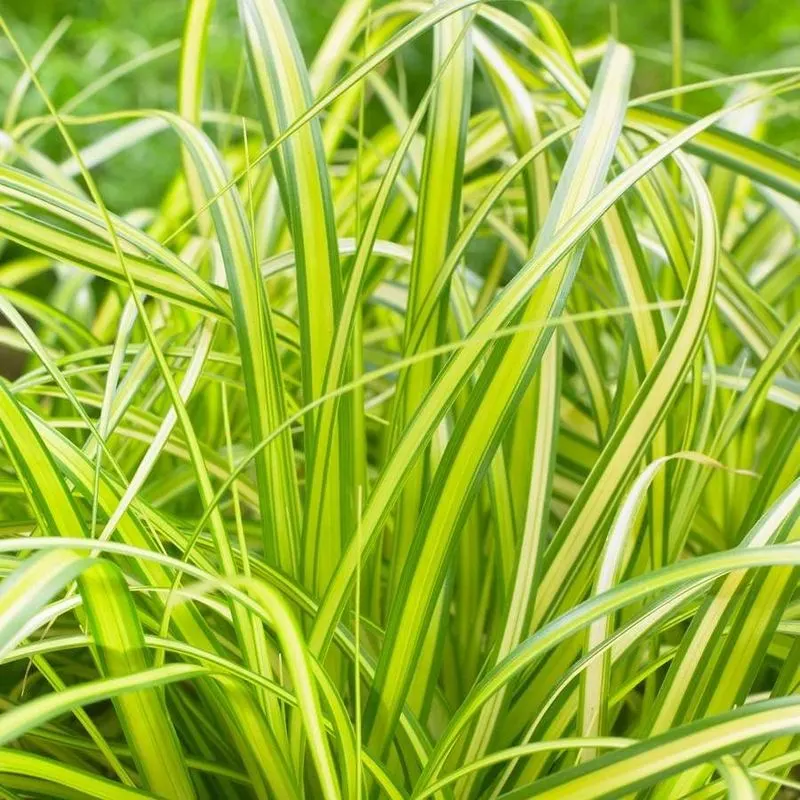
“Unleash creativity with versatile sedge.” Japanese sedge offers endless possibilities for creative landscaping. As a ground cover, it adds texture and contrast to borders, pathways, or water features.
Its adaptability makes it suitable for various styles, from traditional Japanese gardens to modern minimalistic designs. Pair it with contrasting plants to emphasize its elegance or let it stand alone as a statement piece.
Enjoy experimenting with different settings to discover how sedge can enhance your outdoor spaces. The only limit is your imagination.
Propagation Techniques
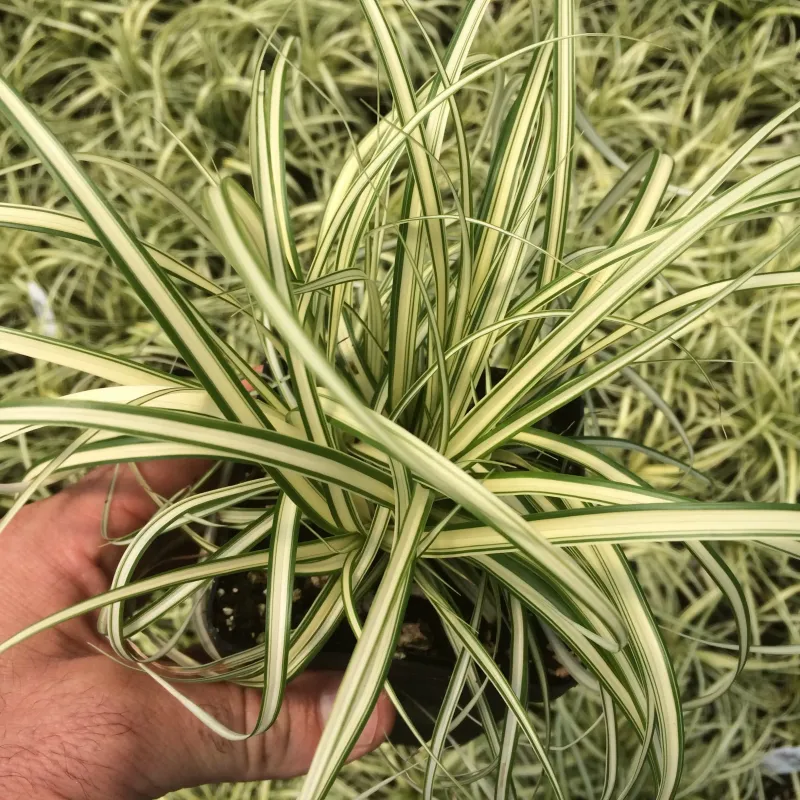
“Grow your green family with propagation.” Propagating Japanese sedge may seem daunting, but simple techniques like division can expand your collection effortlessly. Early spring is the ideal time for dividing, ensuring plants have time to establish before the growing season.
Gently separate the root clumps and replant them in prepared soil, keeping them well-watered. Whether expanding your garden or sharing with friends, propagation is both rewarding and practical.
By mastering this skill, you’ll find endless opportunities to enjoy the beauty and versatility of Japanese sedge. A thriving garden starts with a single plant.
Historical and Cultural Significance
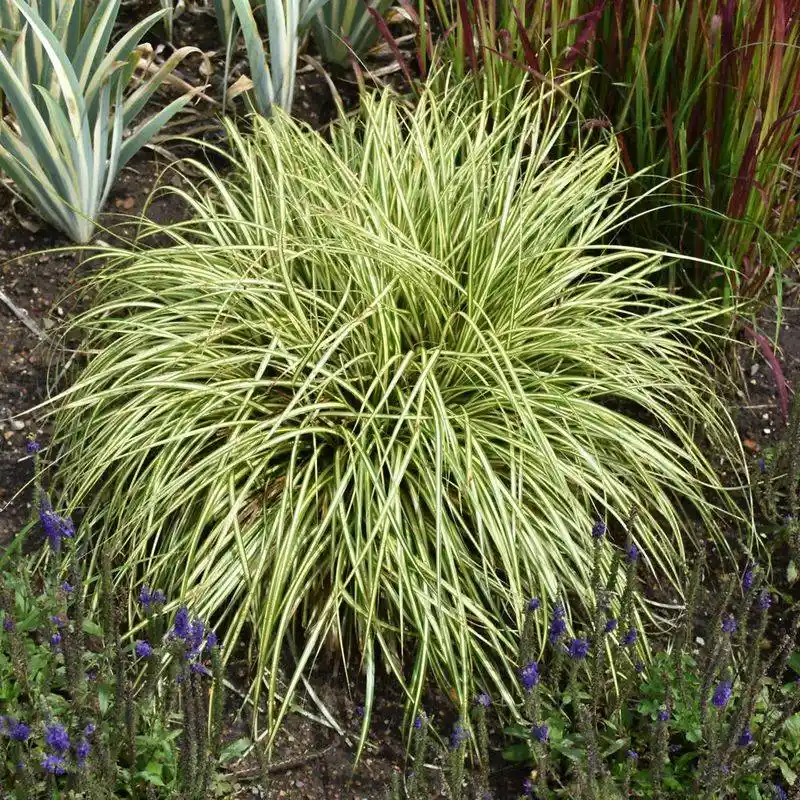
“Explore the roots of elegance.” Japanese sedge holds a cherished place in cultural and historical landscapes. Its presence in ancient Japanese gardens speaks to its enduring appeal and grace.
Once reserved for elegant, formal gardens, sedge now enjoys widespread popularity. Its ability to blend seamlessly with other elements makes it a timeless choice.
Whether adorning temples or modern yards, the historical significance of sedge remains a testament to its beauty and utility. Celebrate this legacy by incorporating it into your designs, reflecting a piece of horticultural history.

